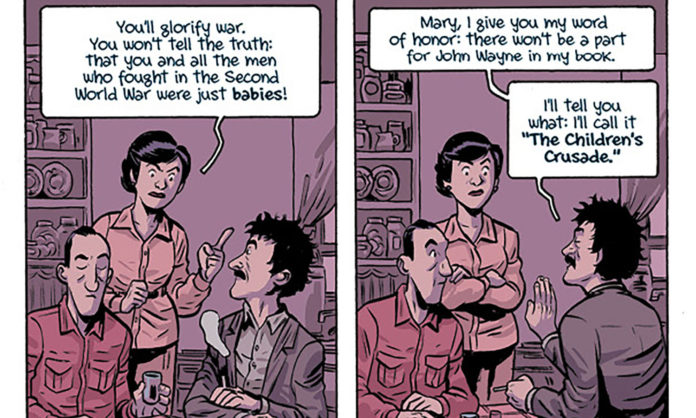
In a post on Writer Unboxed, Kristina Stevens talks about how a project that started as a memoir transformed into a novel. “When I started writing, I believed memoir would have the most impact as there nothing more powerful than literal truth,” Stevens says. “However, through the process of writing, I have learned that honesty and truth can be conveyed sometimes more effectively and potently through storytelling and metaphor.”
Though Stevens started out writing “her” story, in time she felt herself pushed out. “The day-to-day factually correct record of events and conversations became unimportant, even irrelevant,” she writes. Instead, as she began to more fully explore the theme of her story, she realized that fiction would be the better form. “This change freed the work from the constraints of memory and allowed it to grow and become its true self,” Stevens explains. “By being less literal and chained to documentary detail, I was able to deploy metaphor and symbolism more effectively.”
When readers find out that all or part of a memoir was fabricated, they feel cheated. However, the same is not true for fiction when we learn it is based on factual events. A writer’s real-life experience can add depth and authenticity to fiction. In contrast though, details that add richness to memoir can be distracting in fiction. In her memoir, Stevens described the difference in eye color between her father and siblings, but in fiction, this detail would be relatively insignificant. In memoir, a reader will accept a quirky fact, but in fiction, there’s an expectation this detail will be meaningful.
Sometimes, the truth distracts from your story, regardless of form. “Sticking religiously to a complete history of documented truths can be detrimental to your story whether you’re writing historical fiction or a memoir,” Stevens says. “The trick is to know what threads to cauterize and where to do the cauterizing.” As happens often in fiction, Stevens “cut” family members from her story. When she migrated her story to fiction, she condensed one character’s series of boyfriends to one individual, because she only needed one to convey her theme.











